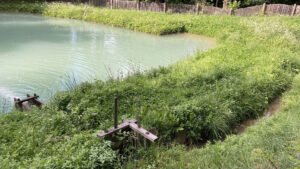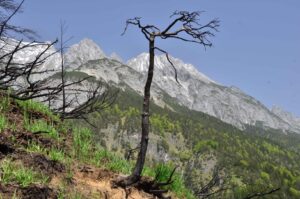Boundary Layer Flows and Turbulent Exchange over Heterogeneous and Complex Surfaces
Details
Full Title
Boundary Layer Flows and Turbulent Exchange over Heterogeneous and Complex Surfaces
Suggested by
Andreas Rauchhoeker, Judith Schmack
The respective workshop calls for contributions regarding ...
- Terrain-induced flows and their effects on turbulence, e.g. valley and slope wind systems, flow blocking, downslope windstorms
- Turbulence and exchange within and above canopy-covered topography
- Turbulence and exchange above topography
Keywords
Boundary Layer, Mountain Meteorology, Canopy flows, Turbulent exchange
Type
Sessions
Description
Turbulent transport is the most important exchange mechanism for mass, momentum and heat in the atmospheric boundary layer. Understanding this mechanism above rough and heterogeneous terrain is key to accurately predict wind speed, temperature and trace gas concentrations above such surface. Turbulent exchange and its governing processes over horizontally homogeneous and flat surfaces are well described. Over realistic heterogeneous surfaces such as mountainous regions, however, additional processes and their influence on turbulence need to be considered. These include the presence of thermally-driven wind systems and the direct influence of tall vegetation in the roughness-sublayer. Surface heterogeneity also raises the question of representativeness for measurements and numerical models, where simplifications are necessary at all scales.
The goal of this session is that researchers focusing on boundary layer exchange processes above different types of canopy and terrain discuss strategies and potential pitfalls in measuring and modeling turbulent flow and turbulent fluxes above heterogeneous and complex surfaces.
Format/Concept
During this session, we want to invite PhD students working on turbulent flows and turbulent exchange over complex terrain to present their research. We will elaborate the differences in turbulent exchange over complex terrain compared to horizontally homogeneous and flat surfaces and discuss the implications of these differences on the validity of common assumptions in turbulence research. In addition, also those focusing on turbulent exchange in and above canopies are welcome to participate.
Apart from sharing their research, participants will also have the opportunity to connect with other scientists across different disciplines and to potentially foster future collaborations.

